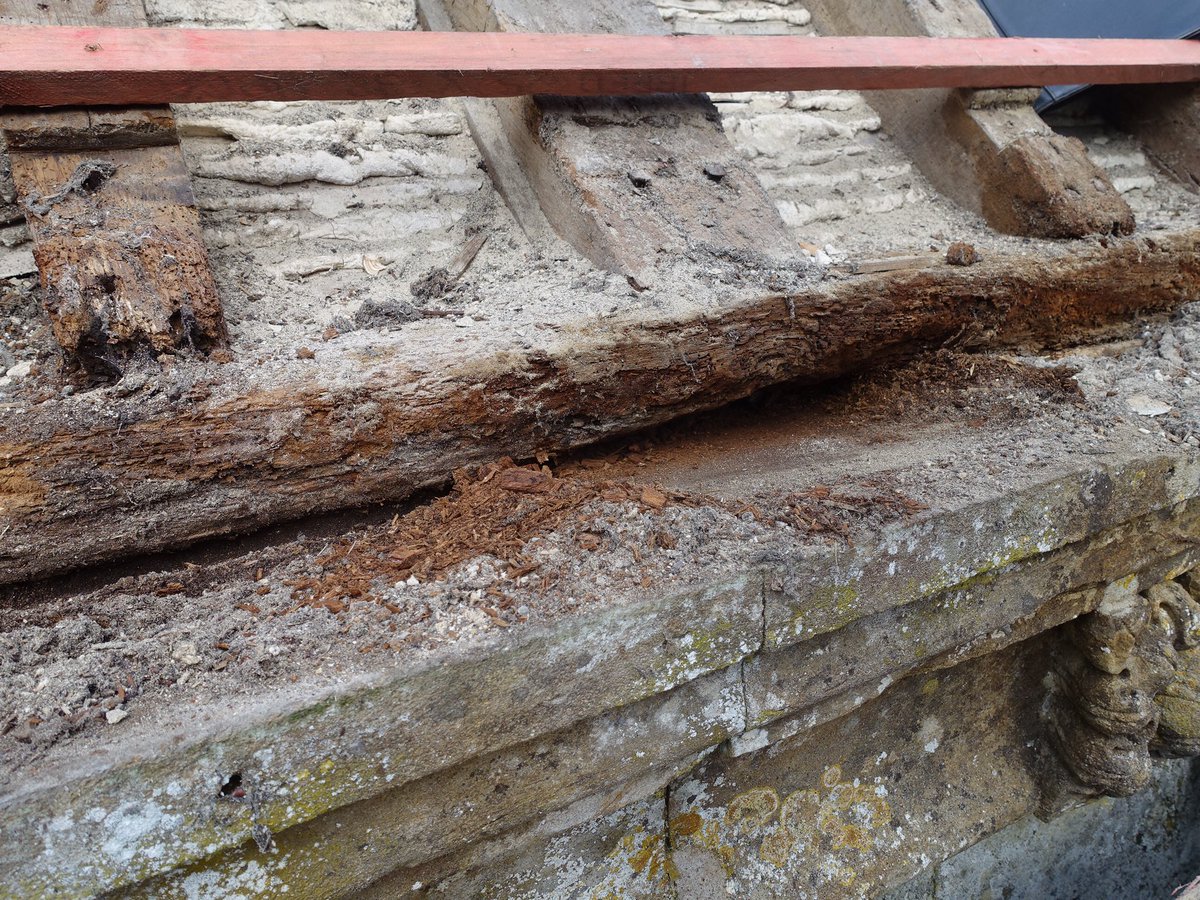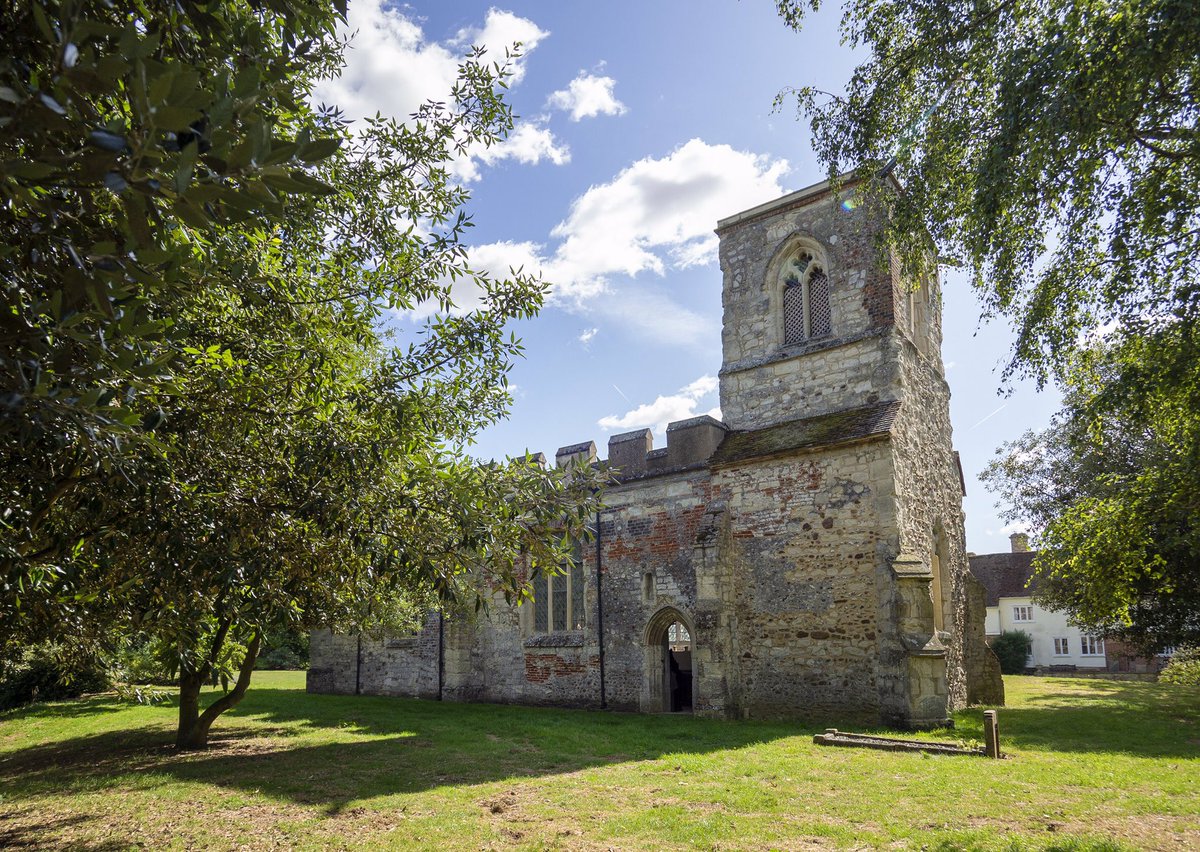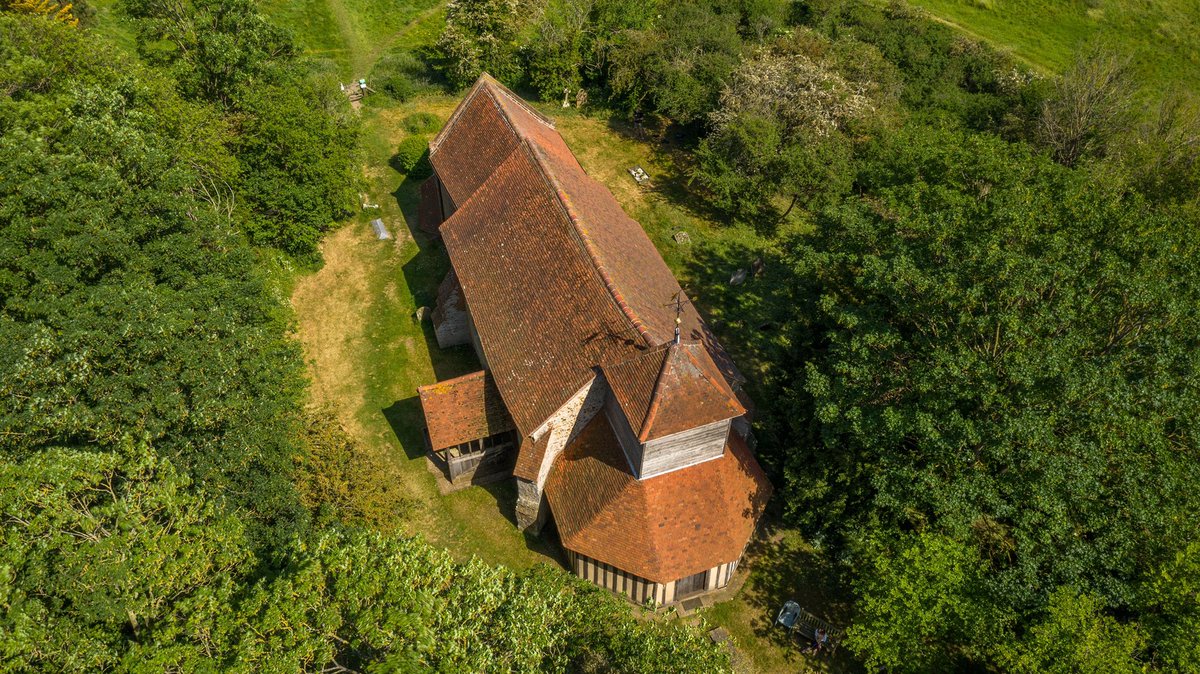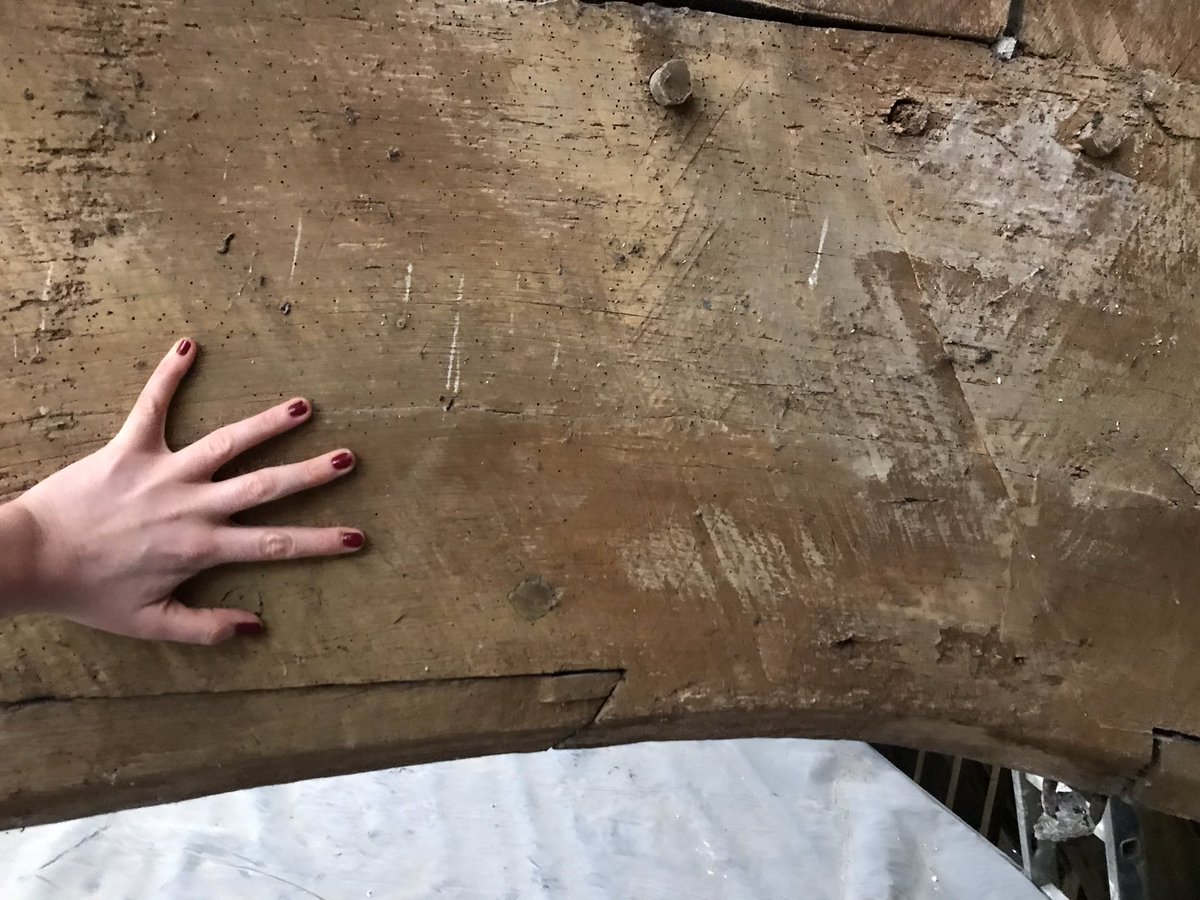
Have you seen #TheTerror season 1?
It’s a gripping portrayal of 19th century Arctic exploration, and the true tragic events it’s based on are linked to this deeply moving memorial in St Mary’s church, Hardmead ...
#thread
It’s a gripping portrayal of 19th century Arctic exploration, and the true tragic events it’s based on are linked to this deeply moving memorial in St Mary’s church, Hardmead ...
#thread

If you haven’t watched (or read the book), Sir John Franklin leads an expedition in 1845 to complete charting a North West passage through the Canadian Arctic. When the ships become ice-bound, the crews battle the elements, disease and starvation (& other-worldly terrors).
The historical ‘Lost Franklin Expedition’ was an infamous example of Victorian exploration and bravado, and its tragic outcome is still shrouded in mystery and horror.
After more than a year trapped by ice, and following the deaths of Franklin and dozens of crew, the survivors, led by captains James Fitzjames and Francis Crozier, set off on foot for the Canadian mainland. All of them disappeared.
Over the next decade, more than 40 British and American expeditions set out to find the lost ships and crew (each adding new knowledge of the region). One of the first to volunteer was ex-Navy mate Robert Shedden.
Shedden had recently become the first to circumnavigate the globe in a yacht - the Nancy Dawson (named after a popular shanty). Now, Shedden and the Nancy Dawson set sail for the Arctic.
Lithograph of the Nancy Dawson © National Maritime Museum Collections
Lithograph of the Nancy Dawson © National Maritime Museum Collections

But after searching fruitlessly in the frozen waters, Shedden’s quest ended in tragedy, when he died at sea.
At St Mary's in Hardmead, Robert Shedden's mother Wilhemina erected a marble memorial to her only son. The inscription rings with her grief and pride:
At St Mary's in Hardmead, Robert Shedden's mother Wilhemina erected a marble memorial to her only son. The inscription rings with her grief and pride:
HE BUILT AND FITTED OUT HIS R.T.C. SCHOONER YACHT, THE 'NANCY DAWSON,' AND IN THIS FRAIL BARK HE BRAVELY EXPLORED THE FROZEN OCEAN IN THE ARCTIC REGIONS, IN A DISINTERESTED SEARCH AFTER THE LONG MISSING SIR JOHN FRANKLIN, AND HIS GALLANT BAND IN VAIN.
...
...
DISAPPOINTED IN HIS GENEROUS HOPE, AND WORN DOWN BY ANXIETY, AND SLEEPLESS WATCHING, HE DROOPED AND DIED, AS HE WISHED — ON THE DARK BLUE SEA. HE EXPIRED ON BOARD HIS YACHT, ON 16TH NOVEMBER 1849, AGED 30 YEARS.
...
...
HIS NOBLE REMAINS ARE INTERRED NEAR THE WILD WAVES OF THE PACIFIC OCEAN, IN THE PROTESTANT BURIAL GROUND AT MAZATLAN.
HIS PRECIOUS SOUL RESTS WITH HIS FATHER AND HIS GOD.
HIS PRECIOUS SOUL RESTS WITH HIS FATHER AND HIS GOD.

The Terror is streaming now in the UK on BBC iPlayer.
Learn more about St Mary’s, Hardmead, Buckinghamshire at our website:
friendsoffriendlesschurches.org.uk/hardmead/
Learn more about St Mary’s, Hardmead, Buckinghamshire at our website:
friendsoffriendlesschurches.org.uk/hardmead/
• • •
Missing some Tweet in this thread? You can try to
force a refresh





















